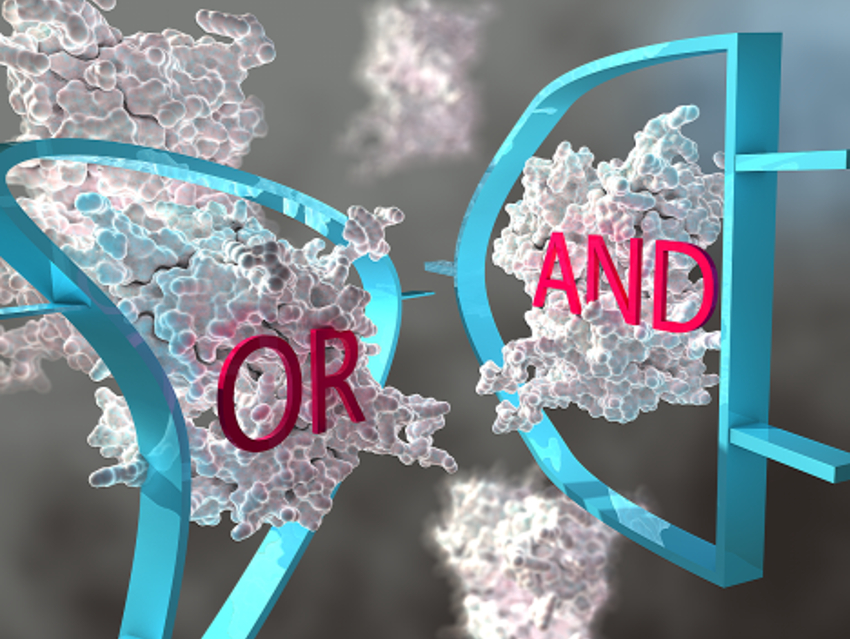Research on molecular computing systems, in the general framework of unconventional computing, has received great attention. There has been rapid progress in the development of signal-controlled switchable molecules that are capable of performing Boolean logic operations (such as AND, OR, or NOT) and basic arithmetic functions.
The extension of this research to biomolecular systems could make it easier to implement sophisticated computational functions than using synthetic molecular and supramolecular species. The advantage of biomolecular systems is the easy assembly of multi-component systems from various biomolecules, thus increasing their functional complexity. They also offer biosensing and bioactuation features operating in a binary “Yes/No” format.
Kirill Alexandrov, Queensland University of Technology, Brisbane, Australia, Artem Melman, Evgeny Katz, Clarkson University, Potsdam, NY, USA, and colleagues have used enzymes to mimic Boolean logic networks. For this, the team used artificial chimeric enzymes, i.e., enzymes encoded by several genes which usually encode different proteins. These enzymes have built-in biorecognition domains, e.g., a calmodulin bioreceptor and a so-called clamp‐receptor. These can be used to activate or inhibit the enzyme using input signals such as calcium ions or peptides.
The studied systems allowed complex logic operations to be performed by the enzymes. This complexity is due to their reaction to four different inputs: the enzyme’s substrate, a co‐substrate, and the activating or inhibiting signals. This work could lead to new biosensing and bioelectronic applications.
- Boolean Logic Networks Mimicked with Chimeric Enzymes Activated/Inhibited by Several Input Signals,
Paolo Bollella, Madhura Bellare, Vasantha Krishna Kadambar, Zhong Guo, Kirill Alexandrov, Artem Melman, Evgeny Katz,
ChemPhysChem 2019.
https://doi.org/10.1002/cphc.201901050




